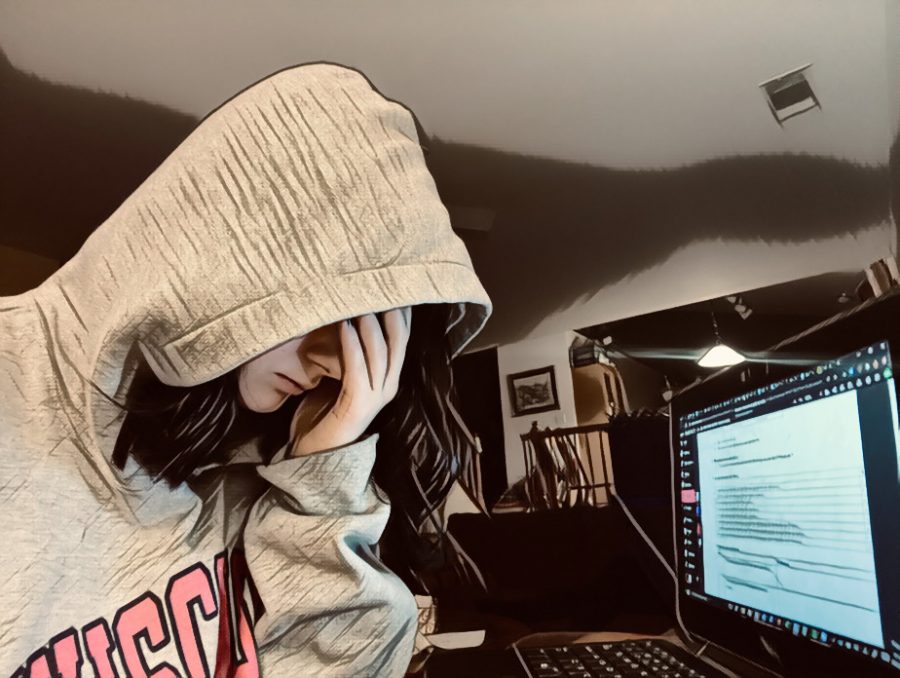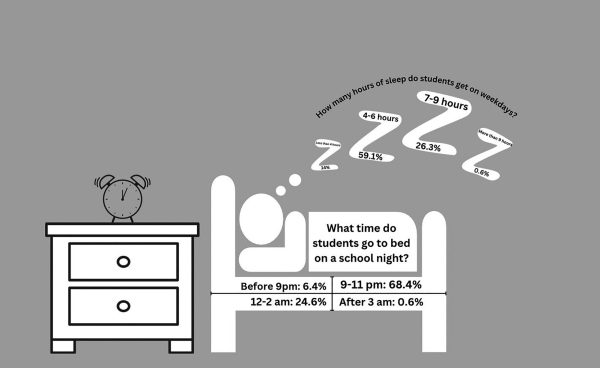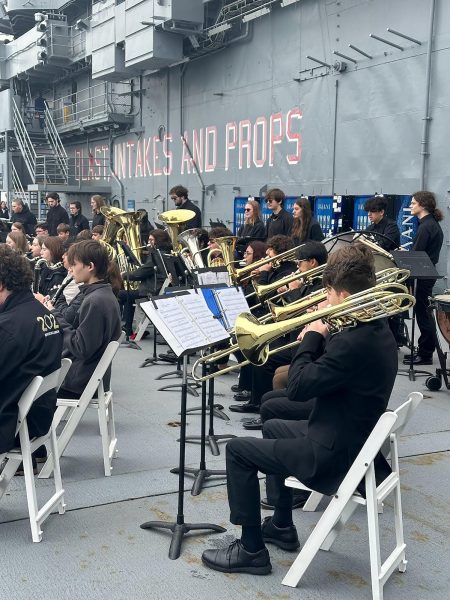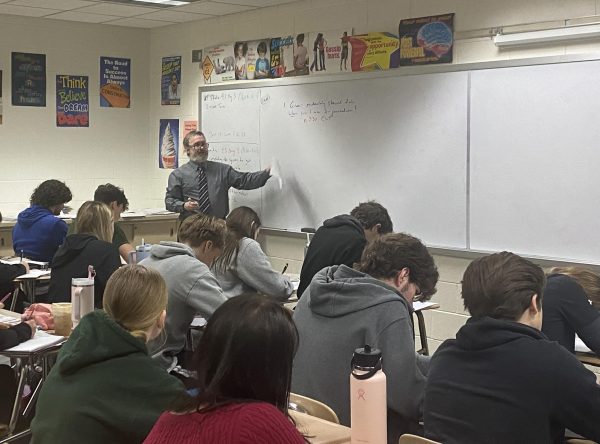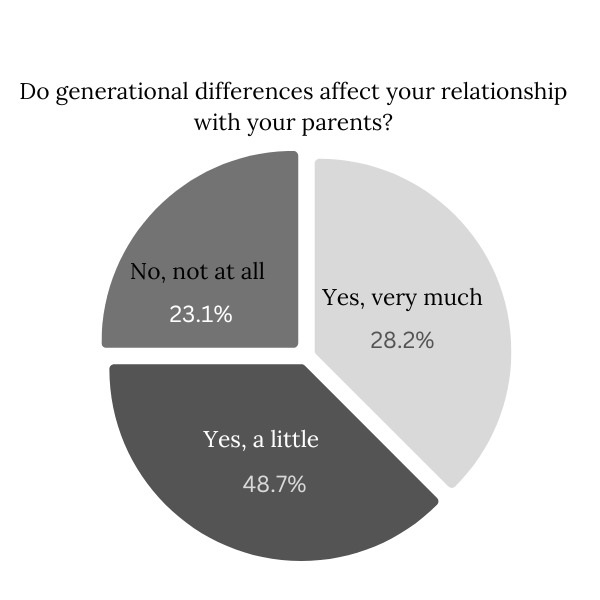Students struggle with mental health during quarantine
November 13, 2020
More than two-thirds of American students reported suffering from symptoms of mental health like prevalent loneliness and stress, even before the pandemic, according to the American College Health Association . But during lockdown when students are thrown off a normal schedule, this could become a worse situation.
“As someone already diagnosed with mental health issues, I knew the lockdown was going to be a rollercoaster,” Zoe Korwin, junior, said.
Finishing up the second semester of the school year was not a benefit to some students, but rather a burden.
“I definitely felt a little lost, especially when we had it [online learning] in junior year second semester where we didn’t have that structure. Either you do it or you don’t, pass or fail,” Ivana Trajceska, junior, said.
According to Alan Bank, social worker, while some students may enjoy online learning because going into school produces anxiety for them, they are still missing the socialization aspect or routine, which might cause some of those mental health struggles at home.
“When you’ve built off a routine for currently your whole life,” Korwin said, “having that ripped away feels like you’re sitting there like a toy without a battery.”
Although feeling trapped, others were able to find positivity in being alone through that time.
“Overall, I have finally figured out who I am as a person and how I want to express myself to the world, as cliché as it sounds. I had a lot more positive thoughts, and it has helped me become more myself,” Trajceska said.
Communication for educational or mental health issue purposes was a new field for students and staff. While they struggled a little in the beginning, the social workers and counselors were able to pull together and use the equipment they were given.
“What we did over the summer is put together some district committees, social workers sat on those committees and what we were doing is looking at ways to reach kids,” Juli Godkin, social worker, said.
The counselors, while being faced with a new platform, have found ways to comfort and reach the students virtually. They have created an all student accessible ‘calming room’ on the school and district websites, as well as through grade level google classrooms.
“There are a lot of different things in there like yoga, different journaling things to do, and there are drawing pages on there that are virtually interactive,” Bank said.
Although it is difficult to reach out, the social workers are still available, even if they are not physically in the school building or student services office.
“I really just want to make sure that kids know that we are here. Just because we are not actively in that building we’re still here through emails, zooms, and phone calls; however, we need to reach out and make sure that we’re addressing our student’s concerns,” said Godwin. “It’s going to look different but we’re still here to provide those support and resources.”



